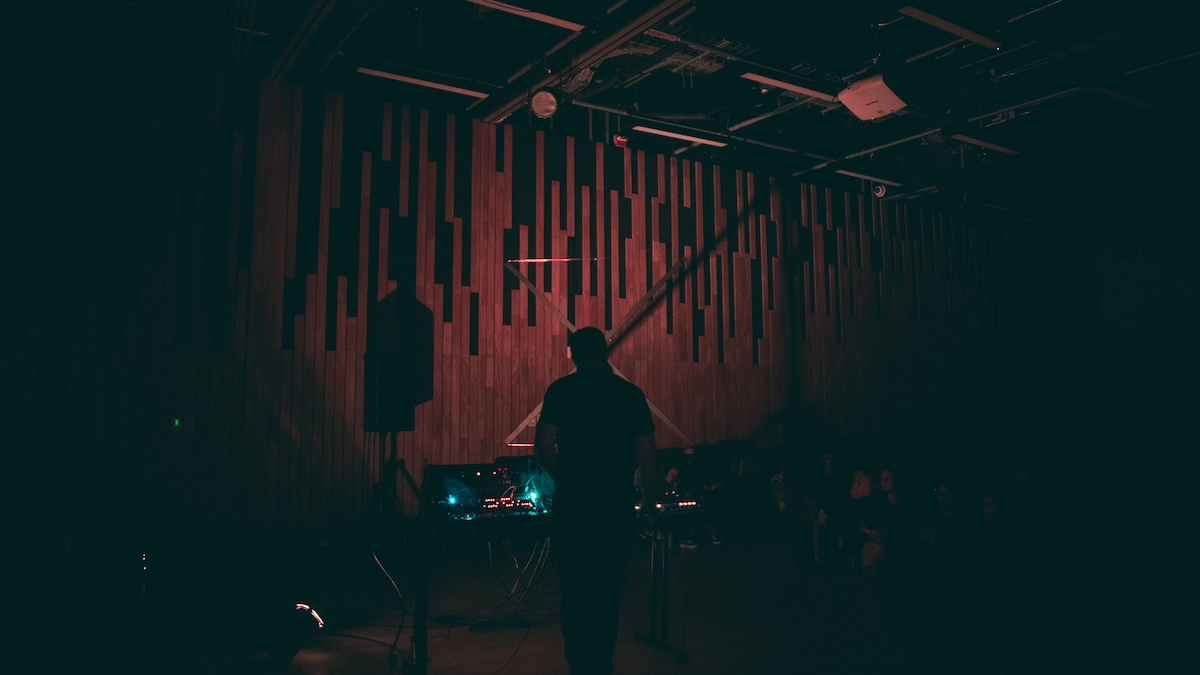WGXC-90.7 FM


Transmission Ecologies: Episode 7 - Víctor Mazón Gardoqui
90.7-FM in NY's Upper Hudson Valley and wgxc.org/listen everywhere
http://www.wgxc.org/
wavefarm.org/listen and 1620-AM at Wave Farm
https://audio.wavefarm.org/transmissionarts.mp3
Produced by Afroditi Psarra.
“We live in a world that can no longer be read as a two-dimensional map, but must be understood as a series of vertical layers that go from the satellites that surround our planet to the tunnels that are in the deepest part of the earth.” - Graham, S. (2016) Vertical: The city from satellites to bunkers. Ed. Verso Books
Inhabiting a world in constant oscillation, surrounded by natural phenomena, tectonic changes, drastic fluctuations in pressure, temperature, humidity, periodic alterations by gravitational attraction forces, but also, inhabiting a world constantly mutated by the impact of human activity, extraction of raw materials, seascapes soaked in burning oil and an exponential increase of portable wireless interconnected devices. Wandering through our (in-)ability to understand the world we inhabit and of which we are part, the reality that surrounds us being increasingly complex, while consuming feeds of reality through digital environments which overflows us with information and counter-information in a post-truth era.
The nature that we imagine, that we think we feel or idolize, is a distorted version of the real, transformed by complex cognitive and perceptual processes, which makes us lose a deeper and perhaps a more satisfying form of realism. To reach a deeper realism requires moving away from what we call nature, in order to perceive it towards the real, where through its expression, it evokes a supernatural state, opposed to the natural or in a state beyond it.
A composition created for the program series “Transmission Ecologies”, based on an acoustic research that addresses the human footprint left by extraction techniques in uninhabited places, focusing on the present and future of the largest lithium salt deposit on the planet, located in the Salar of Tunupa (also known as Salar de Uyuni).
The actions and consequences of silver mining have radically reshaped the landscape and life in the area during the last five centuries. Nowadays, the salt desert territory of Tunupa, does not suffer the impact of large-scale mining, however, mining exploitation begins this 2021, with Germany as the first country to achieve an extractive agreement for 70 years.
AgLi Axis transcribes its surroundings at different levels, creating a vertical axis that, by the use of custom electronics, sensors and antenna arrays, is able to detect, amplify and archive signals from tectonics to 8 Ghz. The study proposes a circular composition, which relates the geogenic sounds of the selected locations with the anthropogenic sounds of the human footprint in the soundscape.
Mazon Gardoqui´s work exposes the unheard and unseen, addressing the inaccessible and experiencing vulnerability and awareness on the viewer. Perception and altered states are key concepts in his performances through the use of sound or light. His work materializes in three main fields: actions or site-specific performances through experimental processes, exhibitions as consequences of previous actions and collaborative works through seminars to form a communal dialog. He is a senior educator and professional working with open hardware and experimental circuit design. Mazón Gardoqui researches open hardware at RIAT and coordinates workshops and educational formats in the domain of device-studies and experimental sensory applications. His art practice explores amplification, electromagnetic phenomena and images of invisible fields by using locative audio and custom electronics.
His work has been performed or exhibited in museums, biennials, galleries, bill- boards, urban screens and TV/radio stations in Africa, Russia, Nepal, North America, Canada, Mexico, Bolivia, Colombia, Argentina, Uruguay, Antarctica and numerous locations across Europe. Mazon Gardoqui has been a guest artist and lecturer at Slade School of Fine Art, Concordia University, Universität der Künste Berlin, Rijksakademie Amsterdam, Ecole Nationale Supérieure des Beaux Arts de Paris, Universität für angewandte Kunst Wien, Superior Technical School of Architecture of Madrid, Master Studies Interface Cultures Linz, University College London - Arts and Sciences, HFK Bremen University of Arts, Master Studies C:Art Media Valand Univ Goteborg, Institute of Dramatic Arts and Cultural Studies Casablanca, University Mohamed V Rabat, Patricio Lynch Universidad de Valparaíso, Universidad de Humanidades y Arte Concepción, Harvestworks Digital Media Arts Center, MediaLAB Prado, LABoral Art and Industrial Creation Centre and Hangar.org, among others.
Curated by Afroditi Psarra, "Transmission Ecologies" explores the turbulent world of radio signals which propagate around us. Each show features a guest sound artist who broadcasts their radio experiments using EMFs, interference patterns from devices, HAM, RF field recordings, satellite signals, space astronomy research, etc. to formulate their interpretations, compositions, and translations of the invisible and unheard layer of telecommunication technologies.
"Transmission Ecologies" is commissioned by Stegi Radio / Onassis Culture.
Afroditi Psarra is a multidisciplinary artist and an Associate Professor of Digital Arts and Experimental Media at the University of Washington where she runs the DXARTS Softlab. Her research focuses on the interweaving of art and science through the creation of artifacts with a critical lens. In her projects she explores energetic phenomena like electromagnetic radiation, and technologies such as radio-frequency sensing, fractal antennas, and software-defined radio. She is particularly interested in the use of the body as an interface of control, and the revitalization of tradition as a methodology of hacking existing norms about technical objects. Her art practice builds on and extends the work of Cyber and Techno-Feminism(s) and the idea of bodies as archives of information, and manifests through e-textiles and wearables, performances, installations and sound art.
She has exhibited her work internationally in venues such as Onassis Stegi, Bozar, Laboral, EMST, Ars Electronica, Transmediale and CTM, Eyeo, Amber, Piksel, and WRO Biennale between others, and published at conferences like Siggraph, ISWC (International Symposium of Wearable Computers), DIS (Designing Interactive Systems), C&C (Creativity and Cognition), and EVA (Electronic Visualization and the Arts).
Playlist:
- Karam Dae / Molvi Nasratullah Nasrat



